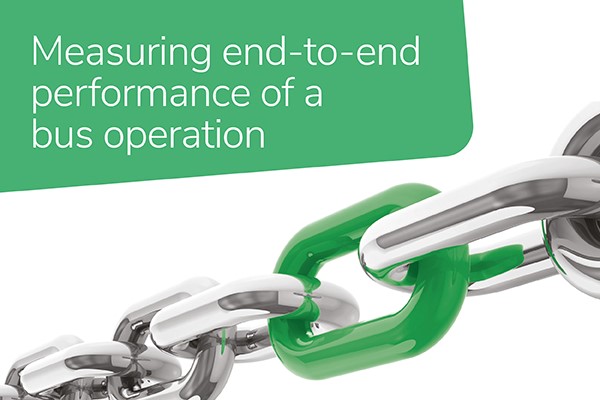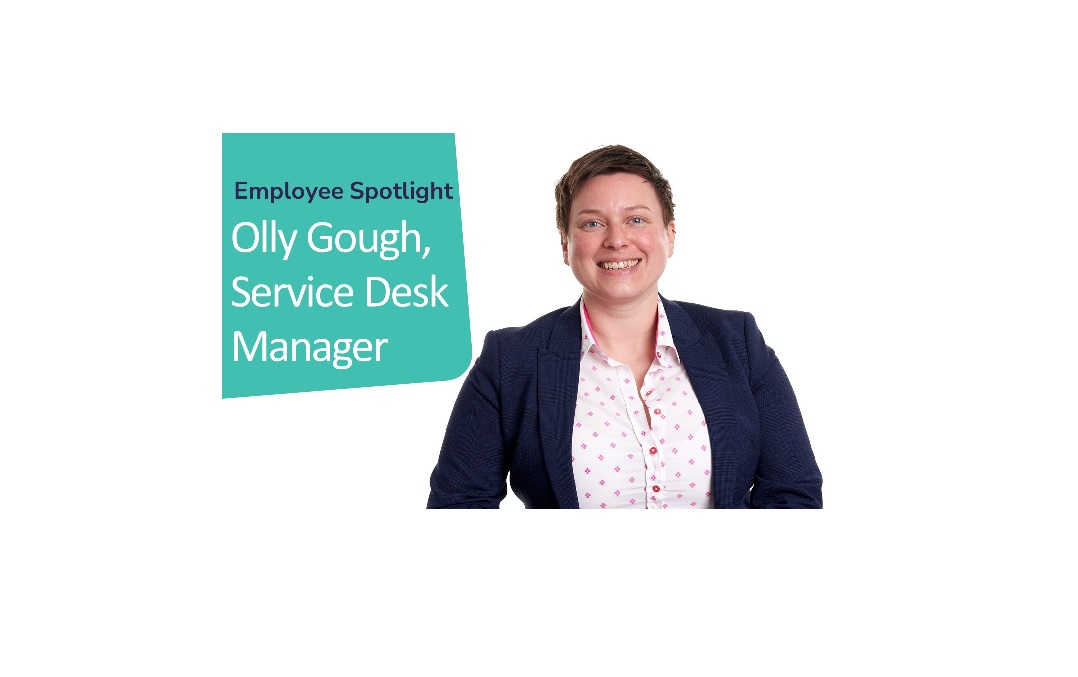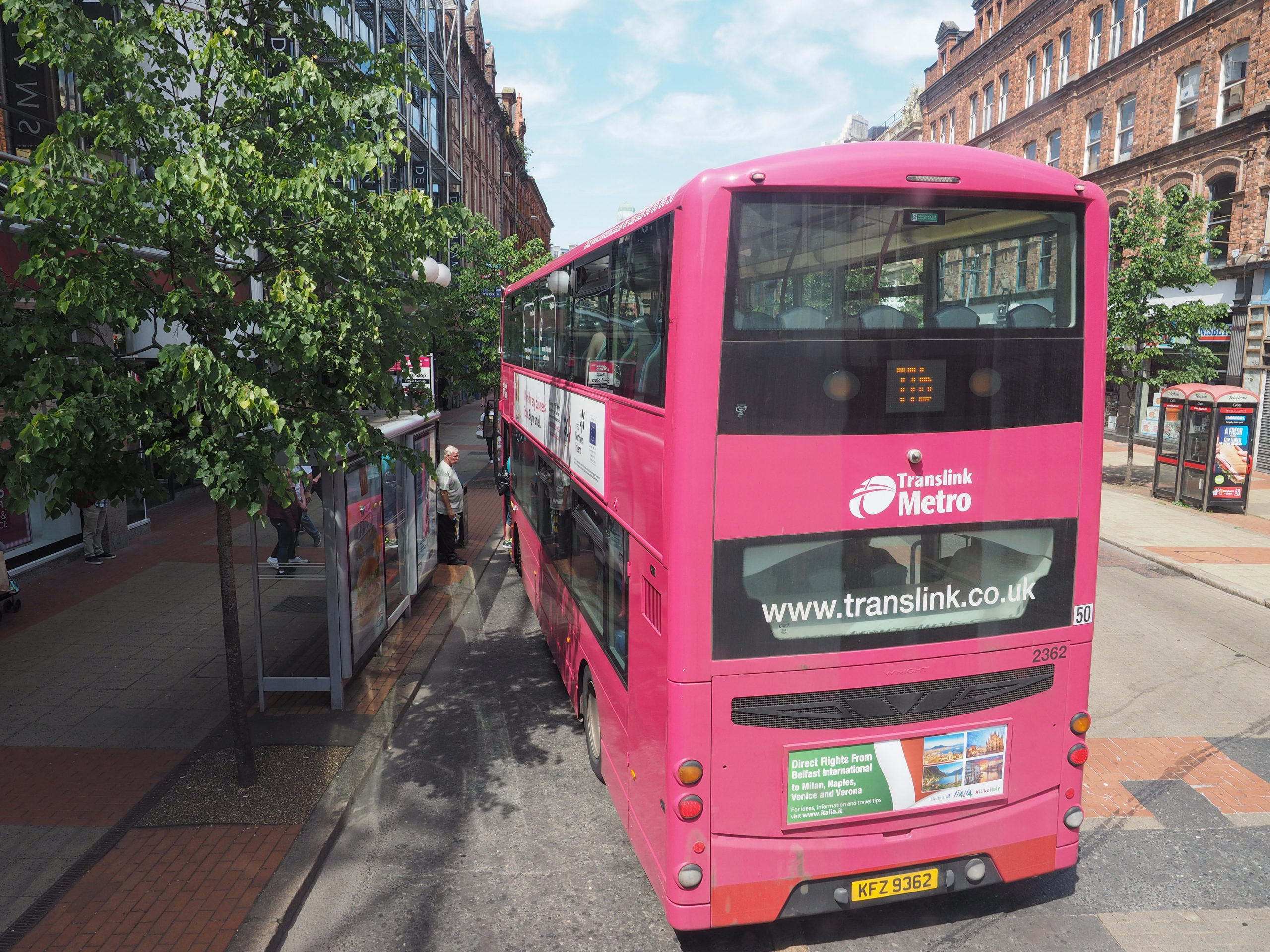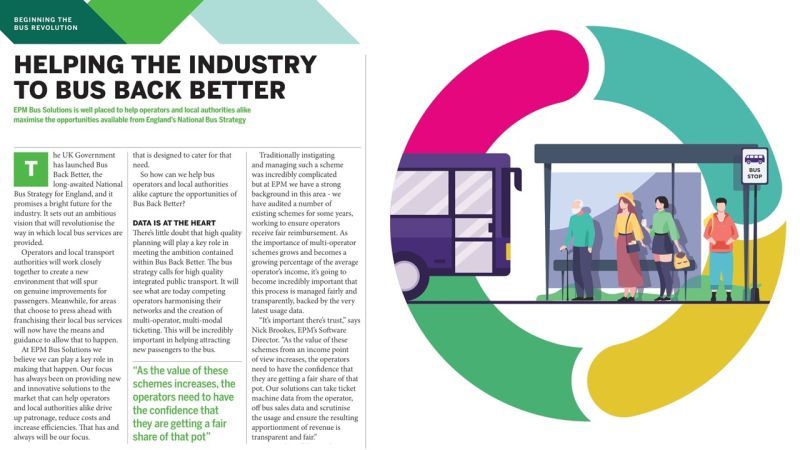
EPM aims to empower bus operators to deliver efficiency improvements with the very latest software
Since March 2020 we have all experienced big changes in the way we live, work, shop and play. And public transport is not immune to those wider societal changes, many of which were already established trends before the pandemic. But Covid has only greatly accelerated that process.
Meanwhile, the launch of England’s National Bus Strategy, plus changes to funding mechanisms and industry structure across the wider UK mean bus operators will need to embrace change now more than ever.
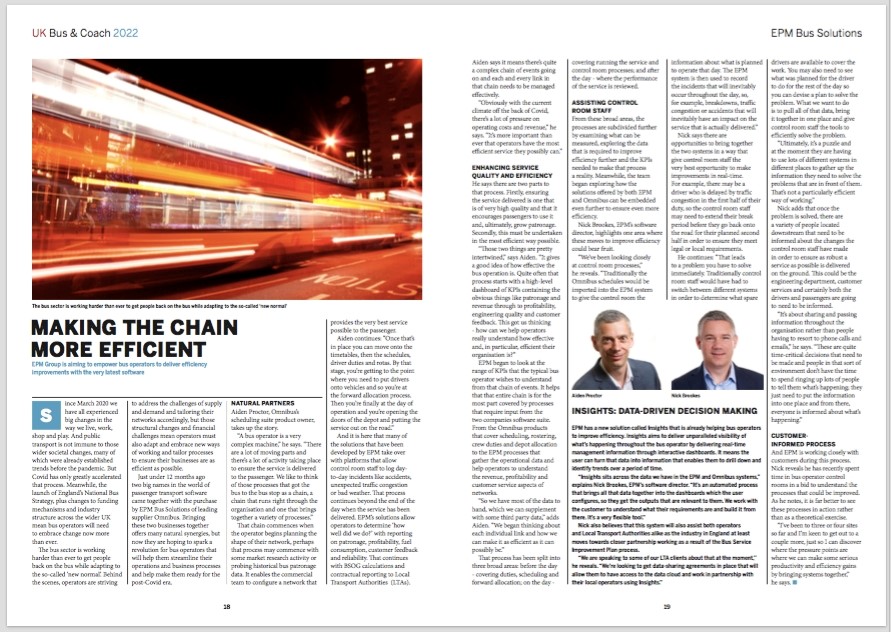
The bus sector is working harder than ever to get people back on the bus while adapting to the so-called ‘new normal’. Behind the scenes, operators are striving to address the challenges of supply and demand and tailoring their networks accordingly, but those structural changes and financial challenges mean operators must also adapt and embrace new ways of working and tailor processes to ensure their businesses are as efficient as possible.
Just under 12 months ago two big names in the world of passenger transport software came together with the purchase by EPM Bus Solutions of leading supplier Omnibus. Bringing these two businesses together offers many natural synergies, but now they are hoping to spark a revolution for bus operators that will help them streamline their operations and business processes and help make them ready for the post-Covid era.
Natural partners
Aiden Proctor, Omnibus’s scheduling suite product owner, takes up the story.

That chain commences when the operator begins planning the shape of their network, perhaps that process may commence with some market research activity or probing historical bus patronage data. It enables the commercial team to configure a network that provides the very best service possible to the passenger.
Aiden continues: “Once that’s in place you can move onto the timetables, then the schedules, driver duties and rotas. By that stage, you’re getting to the point where you need to put drivers onto vehicles and so you’re at the forward allocation process. Then you’re finally at the day of operation and you’re opening the doors of the depot and putting the service out on the road.”
And it is here that many of the solutions that have been developed by EPM take over with platforms that allow control room staff to log day-to-day incidents like accidents, unexpected traffic congestion or bad weather. That process continues beyond the end of the day when the service has been delivered. EPM’s solutions allow operators to determine ‘how well did we do?’ with reporting on patronage, profitability, fuel consumption, customer feedback and reliability. That continues with BSOG calculations and contractual reporting to Local Transport Authorities (LTAs). Aiden says it means there’s quite a complex chain of events going on and each and every link in that chain needs to be managed effectively.
“Obviously with the current climate off the back of Covid, there’s a lot of pressure on operating costs and revenue,” he says. “It’s more important than ever that operators have the most efficient service they possibly can.”
Enhancing service quality and efficiency
He says there are two parts to that process. Firstly, ensuring the service delivered is one that is of very high quality and that it encourages passengers to use it and, ultimately, grow patronage. Secondly, this must be undertaken in the most efficient way possible.
“Those two things are pretty intertwined,” says Aiden. “It gives a good idea of how effective the bus operation is. Quite often that process starts with a high-level dashboard of KPIs containing the obvious things like patronage and revenue through to profitability, engineering quality and customer feedback. This got us thinking – how can we help operators really understand how effective and, in particular, efficient their organisation is?”
EPM began to look at the range of KPIs that the typical bus operator wishes to understand from that chain of events. It helps that that entire chain is for the most part covered by processes that require input from the two companies’ software suite. From the Omnibus products that cover scheduling, rostering, crew duties and depot allocation to the EPM processes that gather the operational data and help operators to understand the revenue, profitability and customer service aspects of networks.
“So, we have most of the data to hand, which we can supplement with some third party data,” adds Aiden. “We began thinking about each individual link and how we can make it as efficient as it can possibly be.”
That process has been split into three broad areas: before the day – covering duties, scheduling and forward allocation; on the day – covering running the service and control room processes; and after the day – where the performance of the service is reviewed.
Assisting control room staff
From these broad areas, the processes are subdivided further by examining what can be measured, exploring the data that is required to improve efficiency further and the KPIs needed to make that process a reality. Meanwhile, the team began exploring how the solutions offered by both EPM and Omnibus can be embedded even further to ensure even more efficiency.
Nick Brookes, EPM’s software director, highlights one area where these moves to improve efficiency could bear fruit.

Nick says there are opportunities to bring together the two systems in a way that give control room staff the very best opportunity to make improvements in real-time. For example, there may be a driver who is delayed by traffic congestion in the first half of their duty, so the control room staff may need to extend their break period before they go back onto the road for their planned second half in order to ensure they meet legal or local requirements.
He continues: “That leads to a problem you have to solve immediately. Traditionally control room staff would have had to switch between different systems in order to determine what spare drivers are available to cover the work. You may also need to see what was planned for the driver to do for the rest of the day so you can devise a plan to solve the problem. What we want to do is to pull all of that data, bring it together in one place and give control room staff the tools to efficiently solve the problem.
“Ultimately, it’s a puzzle and at the moment they are having to use lots of different systems in different places to gather up the information they need to solve the problems that are in front of them. That’s not a particularly efficient way of working.”
Nick adds that once the problem is solved, there are a variety of people located downstream that need to be informed about the changes the control room staff have made in order to ensure as robust a service as possible is delivered on the ground. This could be the engineering department, customer services and certainly both the drivers and passengers are going to need to be informed.
“It’s about sharing and passing information throughout the organisation rather than people having to resort to phone calls and emails,” he says. “These are quite time-critical decisions that need to be made and people in that sort of environment don’t have the time to spend ringing up lots of people to tell them what’s happening; they just need to put the information into one place and from there, everyone is informed about what’s happening.”
Customer-informed process
And EPM is working closely with customers during this process. Nick reveals he has recently spent time in bus operator control rooms in a bid to understand the processes that could be improved. As he notes, it is far better to see these processes in action rather than as a theoretical exercise.
“I’ve been to three or four sites so far and I’m keen to get out to a couple more, just so I can discover where the pressure points are where we can make some serious productivity and efficiency gains by bringing systems together,” he says.


